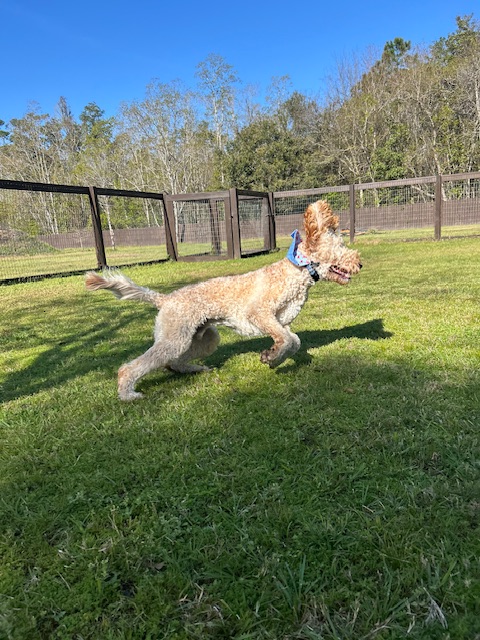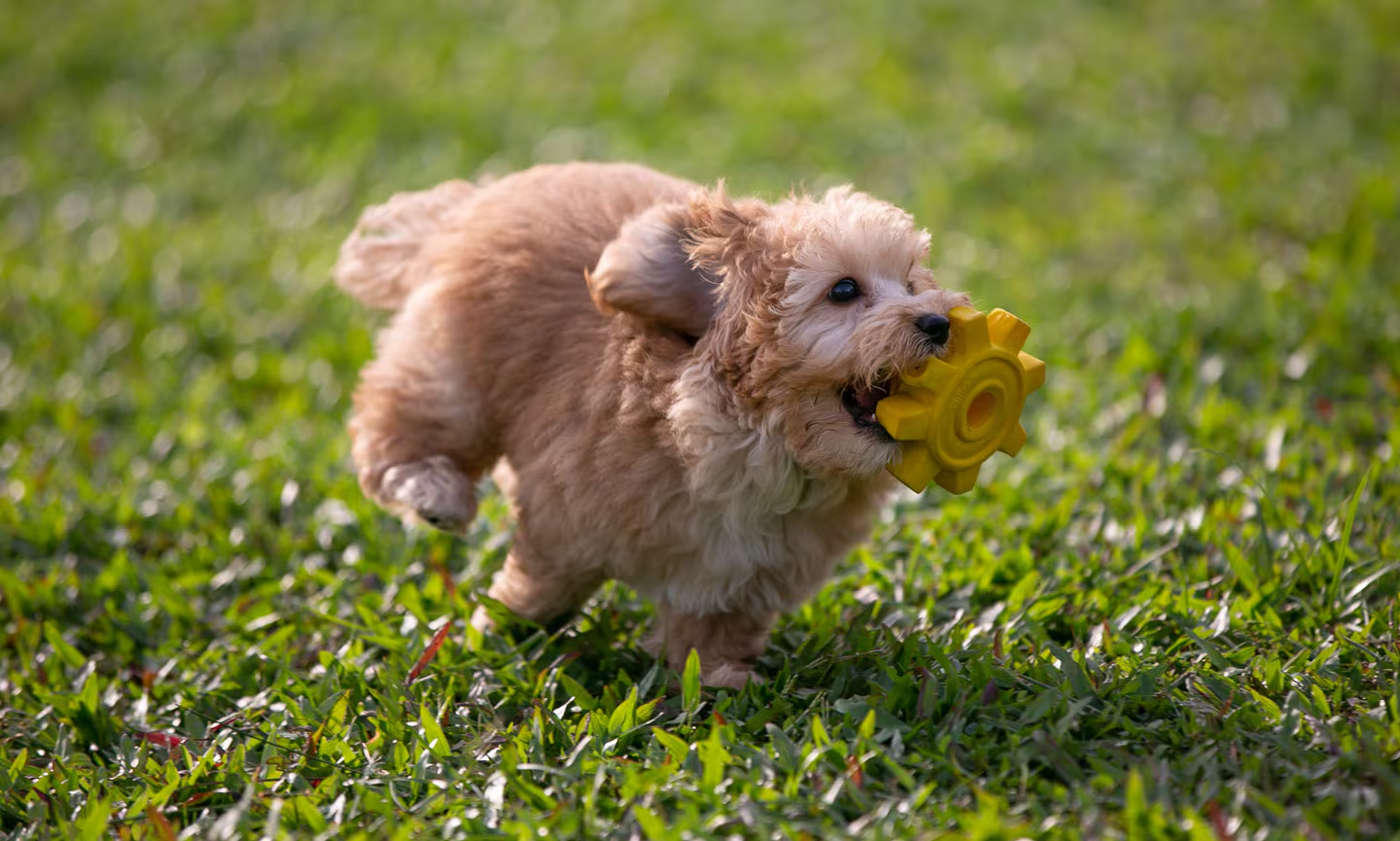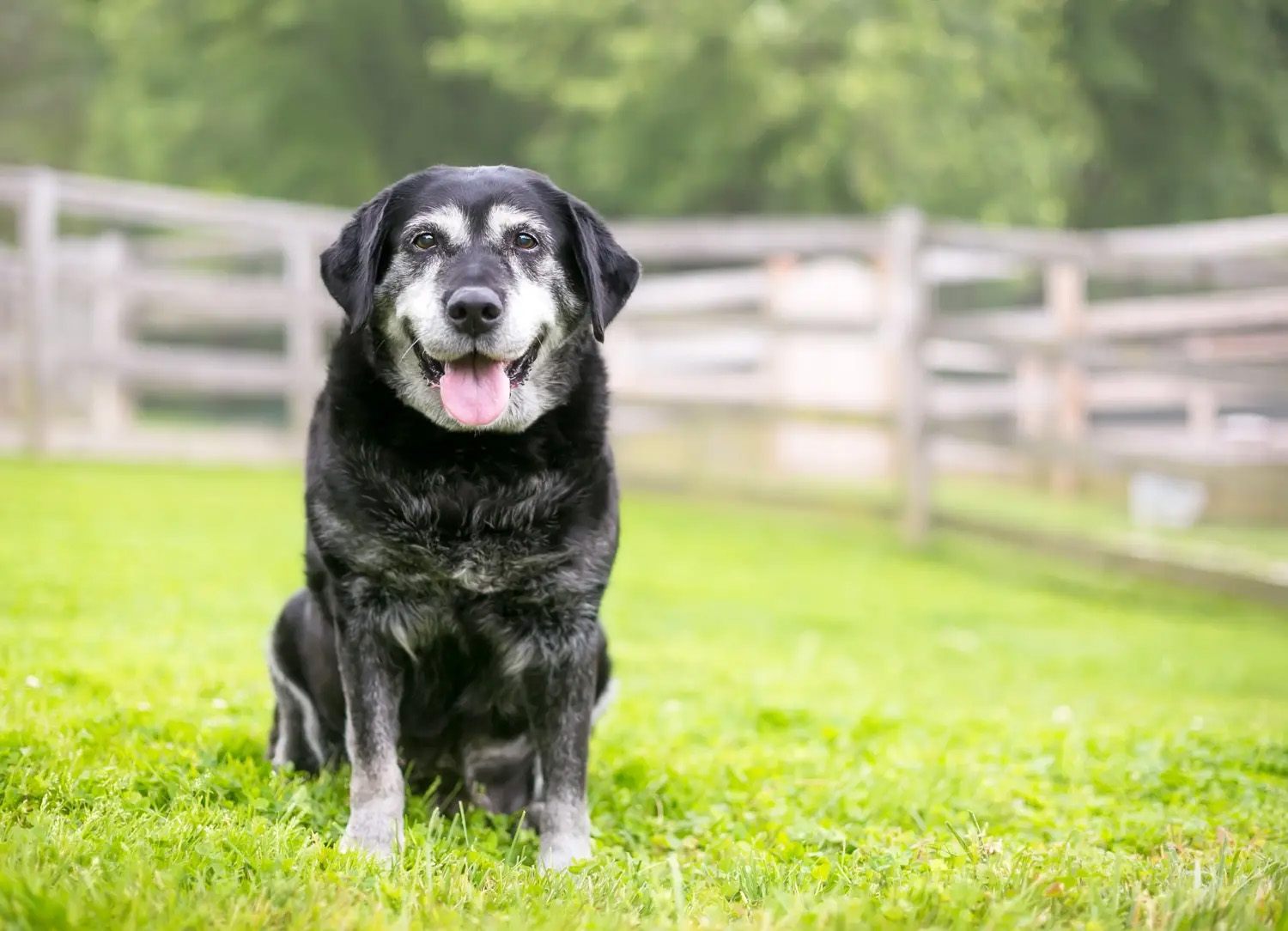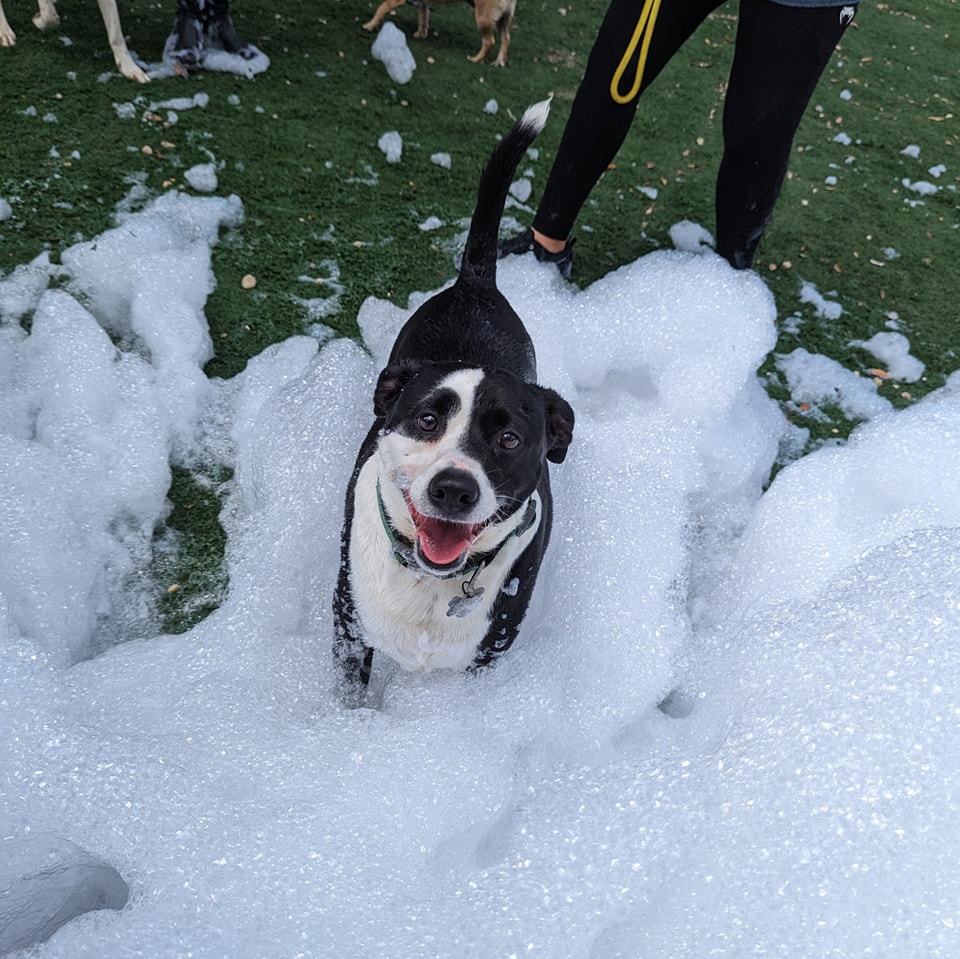For many dog owners, daily walks are the cornerstone of their pet’s routine. While walks offer physical activity and essential outdoor time, they often fall short in meeting the full spectrum of a dog’s psychological and emotional needs. Dogs, much like people, are deeply complex beings. They require mental stimulation, emotional engagement, and opportunities to express instinctive behaviors in order to truly thrive. This is where play comes in. Far more than just a way to burn energy, play serves as a critical outlet for canine communication, learning, problem-solving, and bonding. In this blog, we’re diving into the psychology of play—why it matters, what it means for your dog’s wellbeing, and how you can incorporate it into their daily life in a meaningful way.
Beyond the Leash: Understanding the Limitations of Walks
There’s no denying that a good walk offers many benefits. It provides fresh air, exercise, and a structured way for your dog to explore their environment. But for many dogs, especially those with high energy levels or working breed backgrounds, a walk simply isn’t enough. Think of it this way: if you went for a light jog every day but never read a book, played a game, or had a conversation with someone, you’d probably start to feel mentally unfulfilled. The same goes for your dog. While a walk might engage their senses momentarily, it doesn’t challenge their mind or allow them to practice the range of behaviors that come naturally to them—like chasing, chewing, tugging, solving puzzles, or role-playing social hierarchies with other dogs.
The Science of Play: What’s Really Going On?
Scientists and animal behaviorists have long studied play in dogs, and what they’ve found is fascinating. Play is not just frivolous activity—it is a powerful tool for cognitive development and emotional regulation. Puppies use play to learn bite inhibition, develop motor skills, and test boundaries. Adult dogs engage in play to reduce stress, strengthen social bonds, and maintain mental sharpness. Neurologically, play activates the brain’s reward centers, releasing dopamine and other feel-good chemicals that promote wellbeing. Play also mirrors real-life survival behaviors in a low-risk setting, allowing dogs to rehearse skills they would need in the wild, such as hunting, stalking, or defending territory.
How Play Builds a Smarter, Happier Dog
One of the most overlooked aspects of play is its impact on learning. Dogs that engage in regular, varied play are often more receptive to training and more capable of problem-solving. Interactive games such as fetch with added cues, puzzle toys that dispense treats, or hide-and-seek sessions challenge dogs to think critically. This type of mental engagement keeps their brains active and can help prevent behavioral issues stemming from boredom, such as chewing furniture or excessive barking. In addition, play promotes emotional regulation. A dog that can channel their energy through play is less likely to become anxious, reactive, or overly excitable in other situations.
The Social Side of Play: Why It’s Not Just About Toys
While toys certainly have their place, play is also deeply social. Dogs that play with other dogs learn critical social cues—how to take turns, when to back off, and how to read body language. This peer-to-peer communication builds confidence and improves behavior both with other animals and with humans. Likewise, play between dogs and their owners strengthens the bond in the most joyful way possible. Whether it’s a game of tug-of-war, a backyard obstacle course, or simply romping around in the yard, these moments of shared activity tell your dog: “We’re a team.” The psychological impact of this connection cannot be overstated—it builds trust, deepens loyalty, and creates a more balanced relationship.
Indoor vs. Outdoor Play: Why Variety Matters
Play doesn’t have to be confined to the backyard or dog park. Indoor play can be just as valuable, particularly on rainy days or in hot climates. Scent-based games like finding hidden treats in boxes or under towels can keep your dog mentally engaged for long stretches. Tug toys, flirt poles, and hallway fetch are great ways to get their bodies moving indoors. Mixing up indoor and outdoor play helps avoid routine fatigue and keeps your dog excited and engaged. Each new game offers a different kind of challenge, working different muscle groups and mental processes.
Common Play Styles and What They Mean
Every dog has a preferred play style, and understanding it can help you tailor their playtime to be more fulfilling. Some dogs are chasers—they love balls, frisbees, and anything that simulates a prey drive. Others are wrestlers, enjoying rough-and-tumble games with canine companions. Then there are the chewers and tuggers, who benefit most from interactive toys and play sessions with their humans. Observing how your dog plays reveals a lot about their instincts and preferences, and this insight can help you build a play routine that satisfies them on a deeper level.
Play as Preventative Medicine
Regular, intentional play has long-term health benefits as well. Dogs that are mentally stimulated are less prone to anxiety, depression, and cognitive decline. Senior dogs, in particular, benefit from light play sessions that keep their minds active and their bodies moving. Play can also serve as a diagnostic tool—if your typically playful dog becomes lethargic or disinterested in their favorite game, it may be an early sign that something is off. In this way, play helps owners stay tuned in to their pet’s physical and emotional health.
Making Time for Play in a Busy World
It’s easy to let playtime slide when life gets hectic, but carving out even 10–15 minutes a day can make a massive difference. Think of play not as an extra, but as a vital part of your dog’s daily needs—just like feeding or going for a walk. Schedule it like any other appointment, and rotate toys or games to keep things fresh. And remember: your presence is the most important ingredient. A toy tossed half-heartedly won’t have the same impact as a lively, interactive session where your dog knows you’re fully engaged. Playtime is as much about connection as it is about activity.
The Bottom Line: Dogs Need More Than a Walk
Play is not a luxury—it’s a necessity. It fulfills instincts, builds confidence, enhances learning, and nurtures your bond with your dog. While daily walks are important for exercise and stimulation, they don’t offer the full emotional and cognitive nourishment that dogs require. By incorporating purposeful play into your dog’s routine, you’re not only improving their quality of life—you’re strengthening the relationship you share and supporting their health from nose to tail.
At the end of the day, your dog doesn’t just want to be walked. They want to be engaged, challenged, and loved. And nothing delivers that quite like play.







